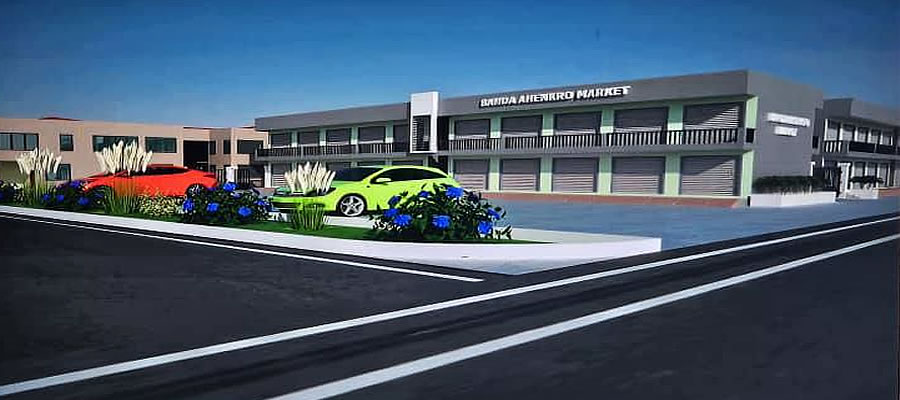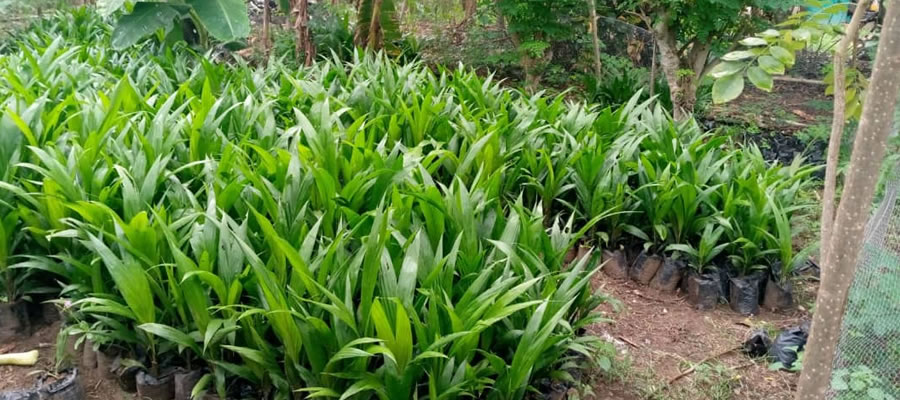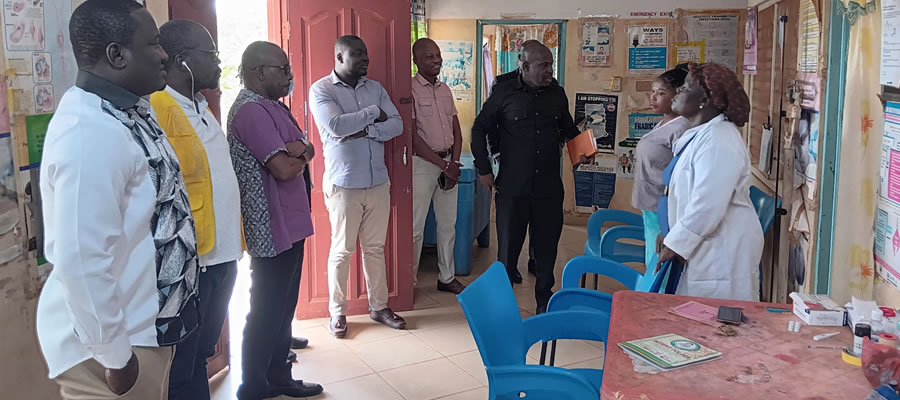

According to the community needs assessment conducted in the district in 2006, provision of good drinking water was among the first three major priorities of the communities. Only about 2% of the population have access to piped water system under the small town water scheme. Currently, forty-one (41) communities/settlements are being mobilized and assisted to construct boreholes/hand dug wells under CBRDP. The provision of potable water under the programme is demand driven.
According to 2000 population and housing census report, the sanitary conditions in the district are unsatisfactory. About 90% of the district’s total populations depend on public places of convenience. Pit Latrines are the main means of excreta disposal.
The facilities are not only inadequate particularly in the large settlements, but are also poorly maintained. The provision of public places of convenience lags behind population growth with the result that there is considerable incidence of “free range” defecation particularly around refuse dumps.
In the 2003 CWIQ report, it has been observed that only 26.6% of households in the district have toilet facilities in or around the house and in most cases are shared with other households in another house. Inadequate facilities for the disposal of solid and liquid waste are the major causes of diseases like malaria, cholera and diarrhoea in the district.
Several communities also face serious problem of erosion e.g. Mpasaso, Mankranso, Wioso, Domiabra, Adadekrom and Sabronum. The erosion has virtually destroyed street lanes, exposed and weakened the foundation of buildings, with the resultant structural defects. These do not only pose danger to lives but have also affected the scenic and aesthetic value of the communities.
Date Created : 11/16/2017 2:22:48 AM










 facebook
facebook
 twitter
twitter
 Youtube
Youtube
 +233 593 831 280
+233 593 831 280 0800 430 430
0800 430 430 GPS: GE-231-4383
GPS: GE-231-4383 info@ghanadistricts.com
info@ghanadistricts.com Box GP1044, Accra, Ghana
Box GP1044, Accra, Ghana